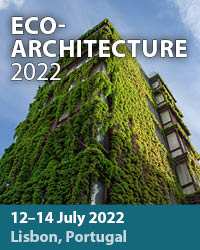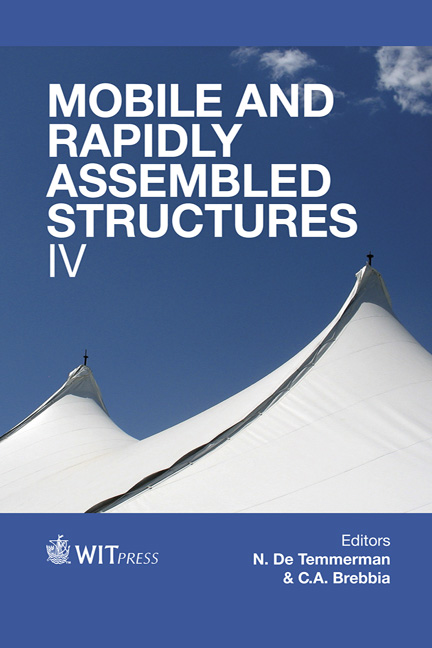The Structural Design And Construction Ofa Cable Bending-active Structure
Price
Free (open access)
Transaction
Volume
136
Pages
12
Published
2014
Size
1,038 kb
Paper DOI
10.2495/MAR140051
Copyright
WIT Press
Author(s)
M. C. Phocas, O. Kontovourkis & K. Alexandrou
Abstract
Bio-inspired adaptable systems derived from nature on the basis of elastic kinematics are related to the design of material efficient structures in terms of self-weight minimization and adequate stiffness. The use of bending principles in primary structural components enables the achievement of a variety of initial geometries and their subsequent stabilization through prestress, as well as the capability of the members of sufficiently low thickness to undergo reversible deformations with low bending stresses. The cable bending-active structure presented in the current paper consists of two parallel series of bending-active PETG-members with initial inverted curvatures forming continuous elastic curvilinear elements, which are horizontally interconnected through cables. Following the construction design and manufacturing of the structural members, the load-bearing behaviour of the structure is investigated in a preliminary nonlinear static analysis with regard to the internal forces and deformation control, in order to achieve suitable prestress values of the cables and geometric characteristics of the bending-active members. The dual responsiveness of the prototype envisages providing an experiential component for the pedestrians and effective adaptability of the structure in its load-bearing behavior. Keywords: kinetic structures, adaptable structures, hybrid systems, bendingactive members.
Keywords
kinetic structures, adaptable structures, hybrid systems, bendingactivemembers.





